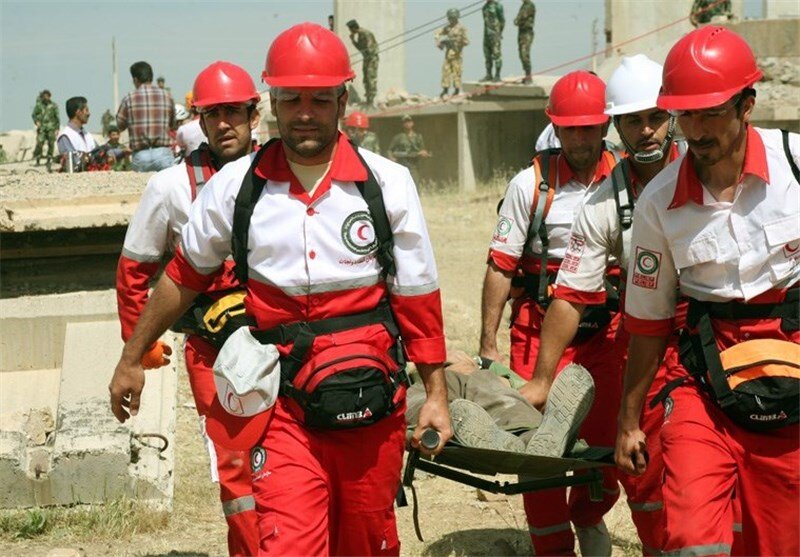IRCS to share experience at World Climate Change Summit

TEHRAN – The Iranian Red Crescent Society (IRCS) will present experiences in advocating for the victims of climate change at the 27th session of the Conference of the Parties (COP 27) to the UNFCCC will take place in Sharm El-Sheikh, Egypt.
Due to the COVID-19 pandemic, COP 27 will take place from November 7-18, 2022.
The experiences of the IRCS in the two sections of responding to and preventing drought and floods caused by climate change should be formulated and presented to the leaders of COP 27 as practical and regional solutions.
In Iran, the responsibility for dealing with climate change and environmental issues lies with the Department of Environment. But the IRCS is responsible for responding to disasters, preventing accidents and effects of the global warming, such as drought, especially in southern and southeastern provinces.
The Iranian Red Crescent Society is one of the most effective and credible international relief organizations, having the largest number of young volunteers, providing medical care in several countries, and producing pharmaceutical products, medical and relief equipment.
Established in 1922, IRCS operates as a humanitarian organization in the fields of rescue and relief in disasters, health, treatment, and rehabilitation, educating the public, youth, and volunteers, as well as the production of medicine and medical equipment.
In 2005, the IRCS received the Henry Davison Award for outstanding humanitarian services, and the IRCS initiative of volunteers was selected as the best project (out of 50 projects from 45 national societies), by the General Assembly of the International Federation of Red Cross and Red Crescent Societies.
At present, the Iranian Red Crescent Society provides medical services to people in 13 Asian, African, and Latin American countries.
Currently, some 14 medical facilities are offering humanitarian, relief, and health services to the deprived people in 13 countries, including Azerbaijan, Afghanistan, the United Arab Emirates, Bolivia, Ivory Coast, Sierra Leone, Ghana, Congo, Kenya, Lebanon, Mali, Niger, and Ecuador.
The IRCS polyclinic center includes various departments such as laboratory, pharmacy, radiology and physiotherapy, and general practitioners along with obstetricians, gynecologists, internal medicine, pediatrics, ophthalmologists, and dentists.
4.8m people suffering from drought
The amount of rainfall in Iran's main river basins from September 2020 to July 2021 was, in most places, substantially lower compared with the year-earlier period. Iran experiences frequent droughts and faces the prospect of more extreme conditions brought about by climate change.
According to current assessments, parts of Iran are facing a rainfall anomaly which has had an observed impact on vegetation and agriculture. Of particular concern is that these drought impacts have been observed in northeastern Iran in areas bordering Afghanistan.
The IRCS estimates that 4.8 million people are at medium to high risk of drought-related impacts, mostly in remote and rural areas of the provinces.
It reports that 29 of 31 provinces, and especially seven – South Khorasan, Kerman, Sistan-Baluchestan, Hormozgan, Khuzestan, Isfahan, Khorasan Razavi – have been severely affected by the drought. The lack of safe and sufficient water supply for drinking, hygiene, agriculture, animal husbandry, and electrical power is having a devastating and increasingly unsustainable strain on households’ health, income in addition to encouraging negative social trends and coping mechanisms.
The IRCS started its drought response in July 2021 through the support of the IFRC’s Disaster Relief Emergency Fund (DREF) with CHF 750,000. This is to support the initial response efforts of IRCS in preventing further deterioration of water insecurity and related health and livelihood issues for households and communities in four provinces until February 2022.
FB/MG
Leave a Comment